Beethoven gets boxed in
mainWelcome to the 92nd work in the Slipped Disc/Idagio Beethoven Edition
Beethoven: The 32 sonatas
The EMI producer Fred Gaisberg relates how box sets began:
It was given out that Schnabel would never stoop to recording, as he considered it impossible for a mere machine to reproduce the dynamics of his playing faithfully. Therefore, when I interviewed him he was coy but, all the same, prepared to put his theory to the test, though he would need a lot of convincing. At long last I was able to overcome all his prejudices. Tempted by a nice fat guarantee he eventually agreed that it was possible to reconcile his ideals with machinery…. on the sole condition that we must record all the piano sonatas and the five concertos of Beethoven complete.
Schnabel is both a trial and a joy to his recorders…. I supervised every one of our twenty sessions per annum (!) over the next ten years and rate the experience of hearing his performances and listening to his inevitable impromptu lectures as a most liberal allowance of instruction combined with entertainment…. Before he came to London, Schnabel was only known as a Professor of Music at the Berlin Hochschule… He is a born pedagogue and never so happy as when he is seated at the piano, with his legs crossed, his left hand caressing the keyboard and his right gripping a choice cigar, and surrounded by a bevy of students, chiefly girls, who hang on to his every word.
Without any executive foresight, just the audacity of a pianist, the record industry brought the box set into being and found it more profitable, in its the long term, than the regular stream of individual releases. Schnabel had discovered that it was possible to commodify music by packaging it in sets – whether sonatas, concertos, symphonies or string quartets – and the industry never looked back.
Recording the sonatas between 1932 and 1939, Schnabel chose works in haphazard order, starting with opus 110, and proceeded in his own sweet way, with a splashing of wrong notes that he would not allow to be corrected. It is sometimes said that he did not care about errors, but that is not true. He refused to release two sonatas recorded for RCA that he felt were not up to standard. On the other hand, he felt it was essential to preserve evidence of the artist’s fallibility in order to make the record as much as possible like the live concert experience.
This tolerance of human error did not survive the arrival of stereo and high fidelity, when both artists and record labels strove to clean up their acts. By the 1960s, labels were lining up pianists to record ‘perfect’ Beethoven sets, the antithesis of Schnabel. Each, however, has its drawbacks along with its obvious merits. Daniel Barenboim‘s cycle for EMI is marred by the cockiness of youth and the haste of production. Barenboim, who had taken up conducting, already had too much else going on. He never forgave London critics for their harsh reviews.
Wilhelm Kempff on DG was unflappable, immaculate, often breathtakingly beautiful and overall too tightly controlled. The young Alfred Brendel, recording for Vox-Turnabout in early-1960s Vienna, was a breath of fresh air, working on a shoestring in snatched sessions and creating enough of a market with his releases for Philips to sign him to record the sonatas all over again – in sanitised circumstances, less gruelling and less gripping. Emil Gilels famously fell three sonatas short of completing his magnificent DG cycle. Claudio Arrau’s was the second set on Philips. The American Claude Frank joined the hustings, as did Rudolf Buchbinder and the Englishman Bernard Roberts.
Vladimir Ashkenazy recorded an underpowered set for Decca. Stephen Kovacevich covered the cycle for EMI from 1991 to 2002, too late in his career to recapture his initial zest. Richard Goode weighed in on Nonesuch, acclaimed by one critic as ‘a landmark’. Paul Lewis turned up on Harmonia Mundi and Jeno Jando on Naxos. Maurizio Pollini, who started out on DG in June 1975, finished his journey in 2014.
In the 21st century, we’ve had boxes or boxes-in-progress from Jean-Efflam Bavouzet on Chandos, Angela Hewitt on Hyperion, HJ Lim on EMI, Jonathan Biss on Orchid, Andrea Lucchesini very attractively on Brilliant Classics and, most discussed, Igor Levit on Sony. Each has a personal thumbprint and something new to say. The 32 works are susceptible to many shades of opinion and vary greatly when approached in youth and in senescence. If the above list of contenders appears exhausting one must nonetheless admire the persistence of the performers. Many august pianists declined to encompass the complete works.
Is there one box the covers all the bases? I am always engaged by Brendel’s Turanbout performances, there’s a perkiness and a chutzpah to his playing, alongside the gravitas that kicks in with the last sonatas. Arrau never lets you down, Lucchesini sparkles throughout and Ashkenazy is useful as a reference set, all the notes in place and no funny business going on between them. I am also impressed by the two slow developers Pollini and Biss; the thought each man invests in every sonata shines though in the execution.
But confine me to a single choice and it will have to be Schnabel. What I find irresistible is his unforced respect for Beethoven, untinged by fake reverence. He takes each sonata at face value but is not averse to finding quips and jokes in repeated phrases and to betray a glint in the eye as a pretty young woman crosses his eyeline. Schnabel sees Beethoven as a man like himself, less well mannered and quite useless in managing his affairs, but an overarching genius with all-too-human weaknesses, someone any of us can understand.
In that understanding, no-one surpasses Arthur Schnabel. Of all the great Beethoven pianists, he’s the one I would most like to have lunched.
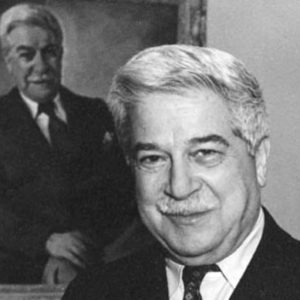

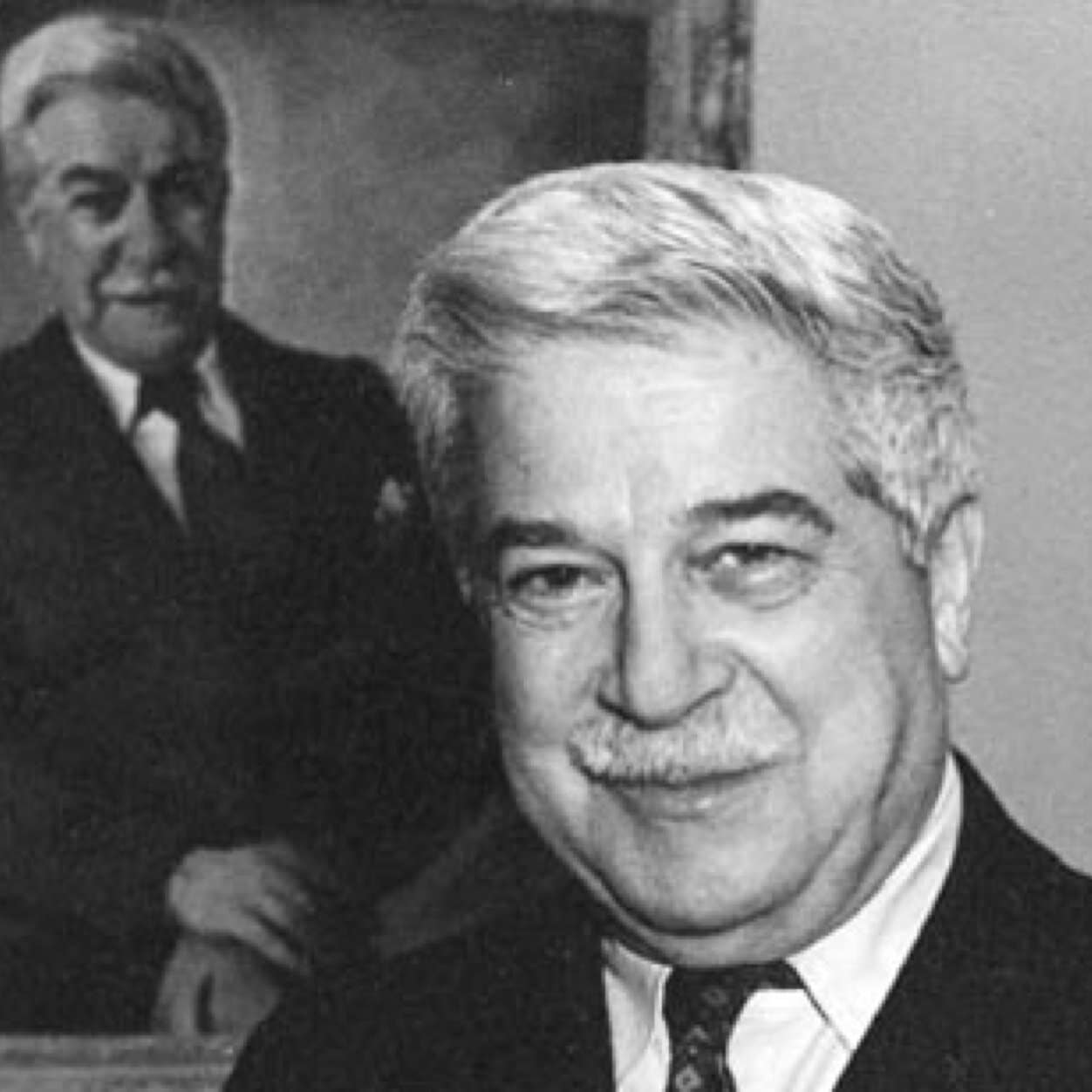
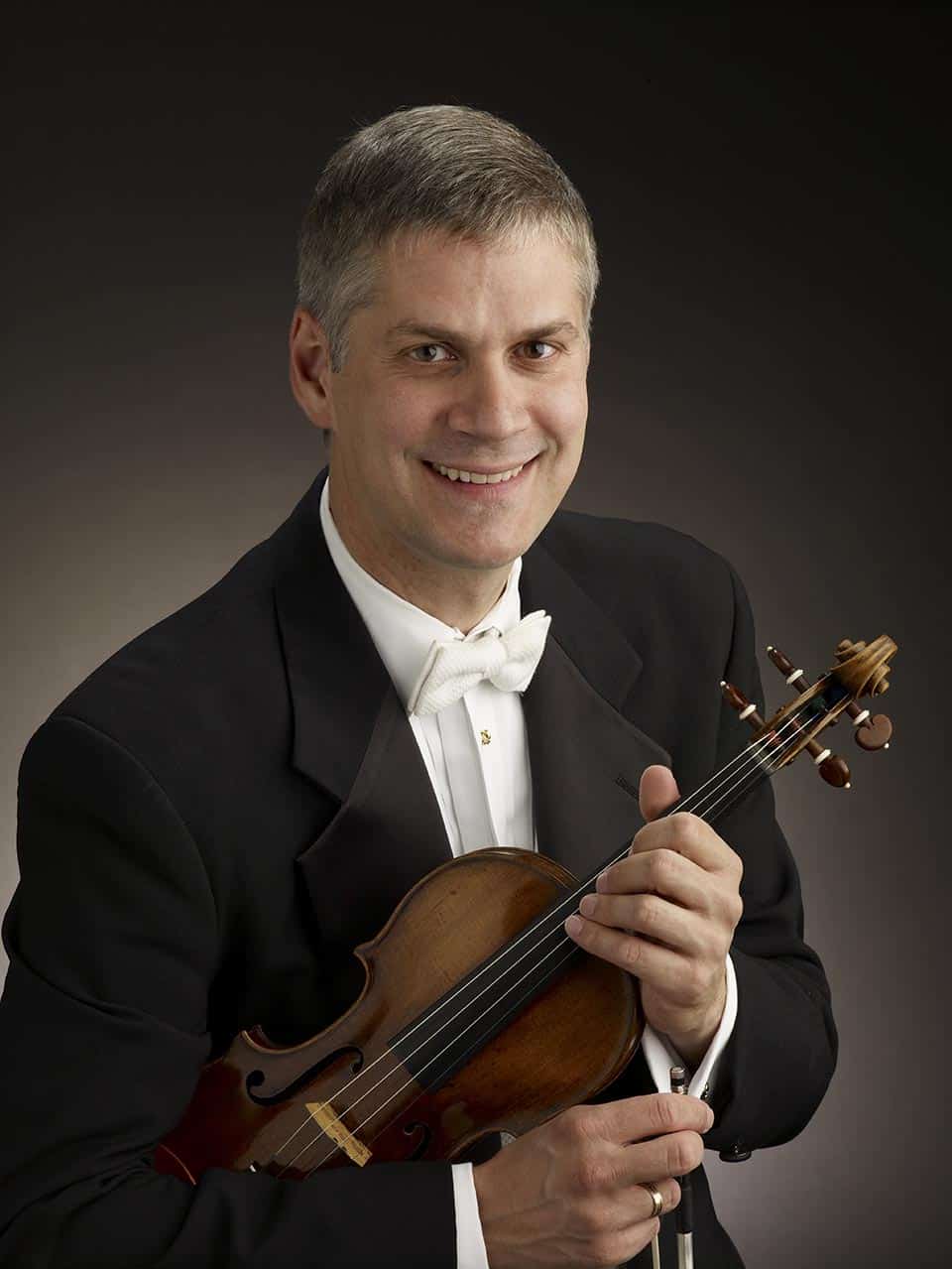
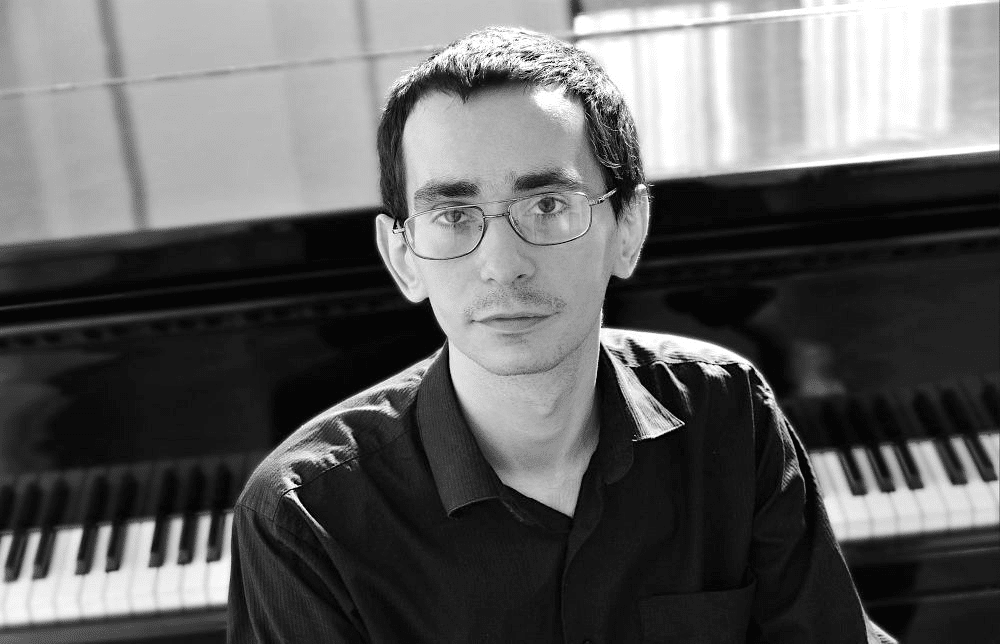

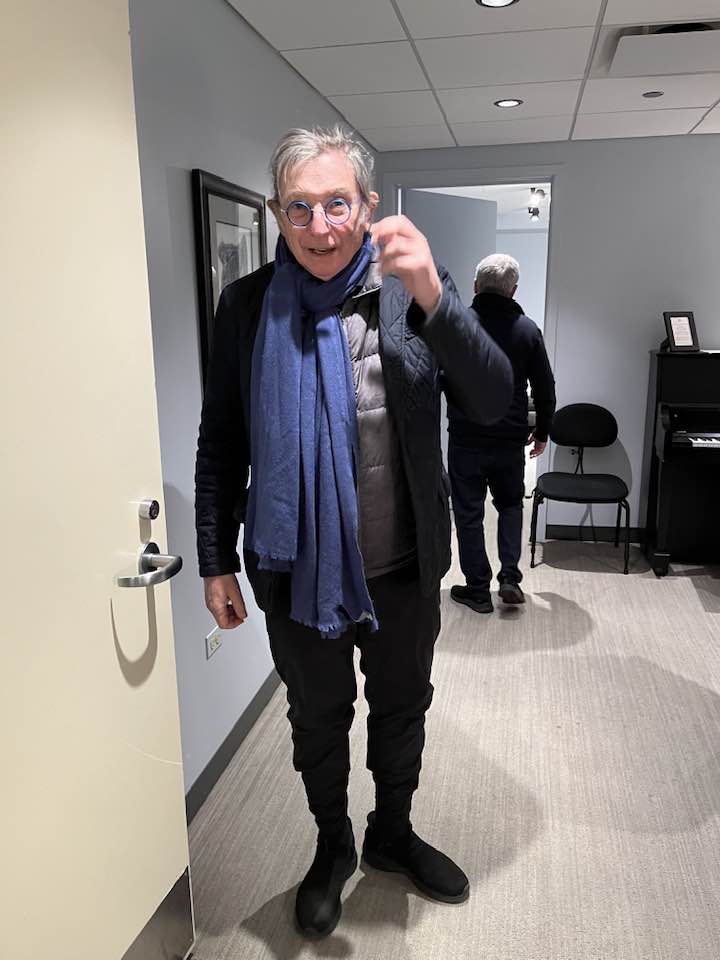
I can’t believe Stewart Goodyear is not mentioned here! His recordings of the opus 28 and opus 111 in particular are among the finest I’ve heard among today’s artists, young or not. It’s also worth mentioning that Goodyear was a student of two Schnabel protégés at Curtis: Leon Fleisher and Claude Frank.
Sounds interesting, hope it makes it to Idagio soon…
I’ve treasured my Schnabel set, missed notes and all, since the mid-’60s. Brendel for a near tie.
I’m surprised that there was no mention of Annie Fischer’s set released by Hungaraton after her death.
Excellent survey, many thanks. Rings true, too.
No mention of Yves Nat?
I totally agree about Schnabel, but why is Friedrich Gulda missing from this assessment? And why is the great Yves Nat ignored?
And I will keep beating the drum for Craig Sheppard, a criminally unappreciated Beethovenian. His live performance cycle of the 32 sonatas, in gorgeous sound, ranks with the best of them.
Schnabel was a great musician, however, for me- his technical limitations are too much for me and I cannot declare his set as my “first choice”.
I most often turn to Gilels’ near- complete set, in which the musical insights are as deep as schnabel’s but far better recorded and delivered.
Arrau’s analog cycle is also very high on my list. With Brendel and Barenboim- I much prefer their last cycles (both on Decca). And try to hear Maria Griberg’s great and little known Melodiya set.
Among 21th century sets, Levit -whom I had the privilege to hear live in several recitals of the sonatas- is the most attractive.
You miss one of the outstanding modern(ish) recordings , which is the complete set John Lill recorded for ASV in the 1990s
How about Russell Sherman?
Where is Gulda?
I have to say I was disappointed by Warner’s box set transfers, and I would suggest anyone should spend a little more and have the excellent Mark Obert Thorn’s series for Naxos. The Warner’s sound similar to the dull LP reissues made by EMI many years ago.
For me the best complete set is Gulda’s (54 or 67, but not 53). The next choice is Annie Fischer or Wilhelm Backhaus.
Not a word about Backhaus?
Richard — Each to his own. Schnabel is to Beethoven what Cortot is to Chopin — a combination of poetry and muddle. Don’t know how the author could have discussed this topic without mentioning two of the greatest complete sets, those of John Lill and Wilhelm Backhaus.
Schnabel’s grandson, the great biographer J. Christopher Herold, would have been delighted to read this.
Could you tell me your thoughts on Andras Schiff’s ECM cycle? I was wondering if you could consider it among the 21st century boxes of Beethoven sonatas that have been released so far. Schiff is clear-sighted and perceptive, and his playing feels freer and present than in his years of recording for Decca. The ECM sound quality is very lifelike and real and his piano comes to life in your listening space.
As a general purpose question to the other commentators of Lebrecht’s blog, can the Beethoven sonata cycles from the stereo era onwards teach us anything as the Schnabel recordings did? I know it may be natural for listeners to hang on to the recordings of the mid-20th century and disparage anything recorded since then. As such I was wondering if future generations might look back on Brendel, Goode, Schiff and other pianists of our era and learn something from their playing.
I’d like to add my two favourite sets, both of which are Canadian, as it happens: (1) Anton Kuerti’s cycle from the 70s – masterly, thoughtful and nuanced, and (2) Stewart Goodyear’s recent set, full of energy and intelligence.
With the proliferation of truly great performances of all these works, I’m somewhat bewildered at this obsession to have all 32 performed by one person. Some come close to an ideal set, but I’m forever finding new performances by one artist or another that makes me hear any one of these pieces in a new way. I have three sets and won’t mention which ones, but I’m in the process of scuttling at least two of them because great individual performances are becoming my preference.
Curious about the Barenboim analysis. In a blind test, would you have concluded that the recording was “marred by the cockiness of youth and the haste of production” and that the performer “had too much else going on”? Is it possible that your judgment was influenced by what you knew about him?
Maybe it’s just an American point of view but I am surprised to see you not address Richard Goode. His cycle is or at least used to be considered something of a staple over here. I love it — warm blooded, melodically lyrical, and not miked too closely, a fate which befell other Beethoven interpreters of equal skill such as Claude Frank.
Does anyone have views about the recently completed Llyr Williams set or the work in progress of Boris Giltburg which Naxos will hopefully box on completion?
Claudio Arrau’s first cycle was released in the early 70s on Philips (recorded over the period of about 7 or 8 years), so it was the first Philips cycle. Brendel’s was not out until 1978 or so. Of course it was Brendel’s 2nd cycle (the first being on Vox). Arrau did a 2nd cycle in the 80’s in digital. I find it confusing that you refer to Kempff as you do. He did 2 complete cycles for DG. They are rather different, although neither are perhaps “immaculate”. Do you refer to the stereo set?
I agree about Schnabel. Kempff’s mono cycle, Gulda’s radio recordings and both Backhaus cycles are important, too, I think. Let’s not forget the ‘other’ great unfinished set, the Solomon.
Schnabel stipulated in his ccontract with HMV that should he not complete the cycle for whatever reason, his great colleague and fellow Berlin resident Edwin Fischer be asked to do so. Not Kempff, Backhaus. Gieseking, or Elly Ney, but Edwin Fischer, who nver completed a cycle of his own,nor did Ney.
Of modern cycles I like Paul Lewis best of those I know, which doesn’t include Gulda or Nat beccause I’ve never heard them. Solomon is admirable buttoo refined, insufficiently unbuttoned for my coarse taste. I’ve seen Egon Petri and Paul Hirsch play the cyce, Corbett-Jones play part of it, and Eichter play five.
Frederic Lamond, Mark Ha,mblourg, Egon Petri, ˙zHorowitz and R. Serkin were ou of the running. Rubinstein played a handful very well, but not all.